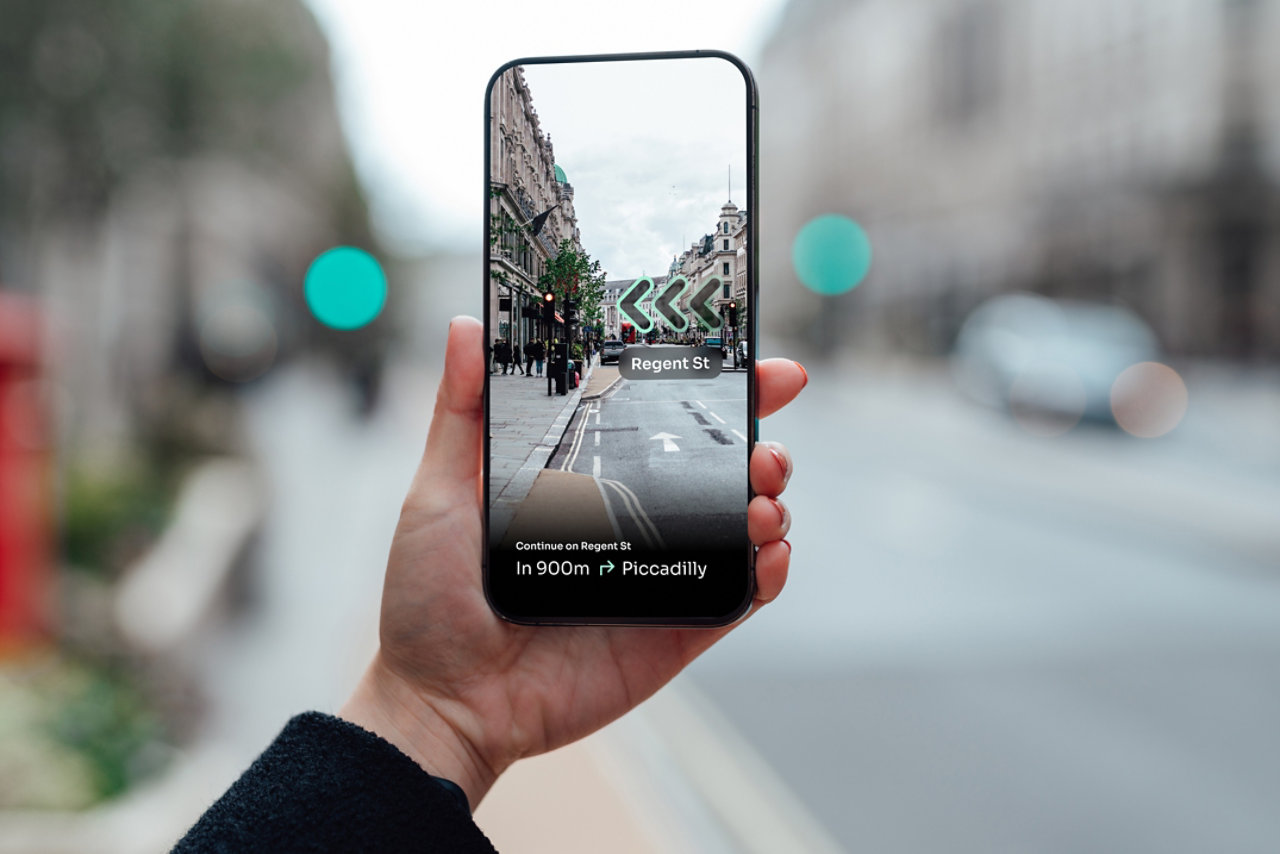The University of Stirling is building a ‘Living Laboratory’ that could help businesses and organisations across the Forth Valley work together to tackle climate change.
If the pandemic has taught us anything, it’s the importance of resilience. Every business has had to learn how to respond and react to changing circumstances, and now, as the world recovers, it’s an opportunity to build greater resilience to one of the world’s biggest challenges today – climate change.
A green recovery after COVID-19 is essential. And to make it a success, businesses and organisations need to embrace new technologies and solutions. To build resilience and increase efficiency and flexibility, while developing and maintaining sustainable practices.
This is why our new project with the University of Stirling is a game changer. We're working alongside their leading scientists and other regional stakeholders, to develop a first of its kind monitoring system, to help support their digital-led green recovery programme. Known as Forth ERA, using IoT sensors, satellite data and artificial intelligence, the programme will provide vital information on water quality and other factors, to inform decisions that could provide major economic regeneration and sustainability benefits to the region.
This project sets a new global standard for green recovery. One that can be easily scaled and replicated throughout Scotland, the UK, and the rest of the world for years to come – leading the way to a more sustainable future.

Better data, means greater insights
One of Scotland’s most important natural resources is its water. But making sure that it's safe to drink is hard work. It requires constant monitoring to protect against pollutants like algae blooms. These occur naturally and are the result of excess growths of microorganisms and bacteria. If unchecked, they can be extremely harmful to both humans and the wider ecosystem.
The task of keeping these blooms at bay falls to Scottish Water. Water monitoring has been traditionally carried out by scientists performing manual inspections, driving to different spots around a reservoir and collecting samples. This is both time consuming and expensive.
The new monitoring system gives researchers a 'Living Laboratory'. Powered by EE's no.1 5G for Business and using 5G-enabled technology, manual inspections have been replaced with a network of sensors across the Forth Valley. Each sensor collects data on water quality in situ and automatically transmits it back to the scientists for analysis.
This isn’t just a more efficient way of collecting data, it also gives the scientists better data to work with. Unlike humans, sensors work around the clock, water quality can be monitored in real time.
The capacity and bandwidth of 5G also means that the scientists can access live cameras that have been positioned to monitor critical points in the Forth Valley’s reservoirs, so they can check for the distinct green discolouration that blooms cause.
With real-time data, we can spot algae blooms quickly, before they become a big problem
Using real-time data to improve efficiency
Scottish Water is not the only organisation that has an interest in the Forth Valley’s water supply. The Scottish Environmental Agency (SEPA) has its own mission – monitoring the impact of flooding and improving the region’s defences. And here is where the Living Laboratory really shows its value.
In partnership with BT, the University has created a datahub that takes data from environmental sensors across the region, replacing previous manual processes making real-time data from all of the different sources available in one place.
This means that SEPA can combine its data with other sensors from across the region, and even satellite data. SEPA is not just relying on its own data, but it is able to combine it with data collected by other ground sensors, and even satellite data too.
This gives SEPA greater and more accurate insights. Allowing them to predict how the weather may behave or what areas may be at risk of flooding.
“The more data you have, the more useful it becomes,” says Andrew, “By collecting together such a diverse range of datasets in one place, we can start to build up a real-time, accurate picture of the state of the environment in the Forth Valley. And that’s something everyone can benefit from, across countless different organisations and sectors.”
A local distillery is also using this real-time data, to reduce its carbon footprint. Cooling is an important part of the fermentation process, so the distillery requires a consistent flow of water from the River Leven.
By plugging in to water sensor data from upstream, the distillery is able to monitor the temperature changes over time, and using AI can predict when the temperature may fluctuate, enabling production to take place at the most efficient times. It can also plug into sensor data from downstream, allowing them to directly monitor the environmental impact of its operations.
“Every business wants to do its part in the fight against climate change,” explains Andrew, “but before action can be taken businesses need to understand their environmental impact. Having access to real-time data means the distillery can continue to meet demand from its customers, while ensuring that its operations remain sustainable.”
The more data you have, the more useful it becomes
Accelerating innovation for a more sustainable future
The hope is that as the Living Laboratory project evolves, more sensors will be added across the region, so more data can be collected. This will benefit not only the Forth Valley, but the entire region, boosting the local economy.
With a greater understanding of how climate change is affecting their local area, businesses will be able to work more efficiently and sustainably, and it will help build greater resilience in the local community.
Bringing science, research and business together, Forth-ERA will demonstrate a better, more sustainable way to interact with and look after the world around us.
“The EE network provides us with the rock-solid connective tissue to give us confidence that the data we need can be reliably collected. This empowers the whole region’s sustainability effort, and we’re excited to see how it could help the global fight against climate change.” Says Andrew.
“We’re very proud of what we have achieved in the Forth Valley, but there’s no reason that by embracing the power of new 5G and IoT technologies, the entire world can’t become one globe-sized Living Laboratory, and that every industry will be able to take advantage of these innovative technologies.”



